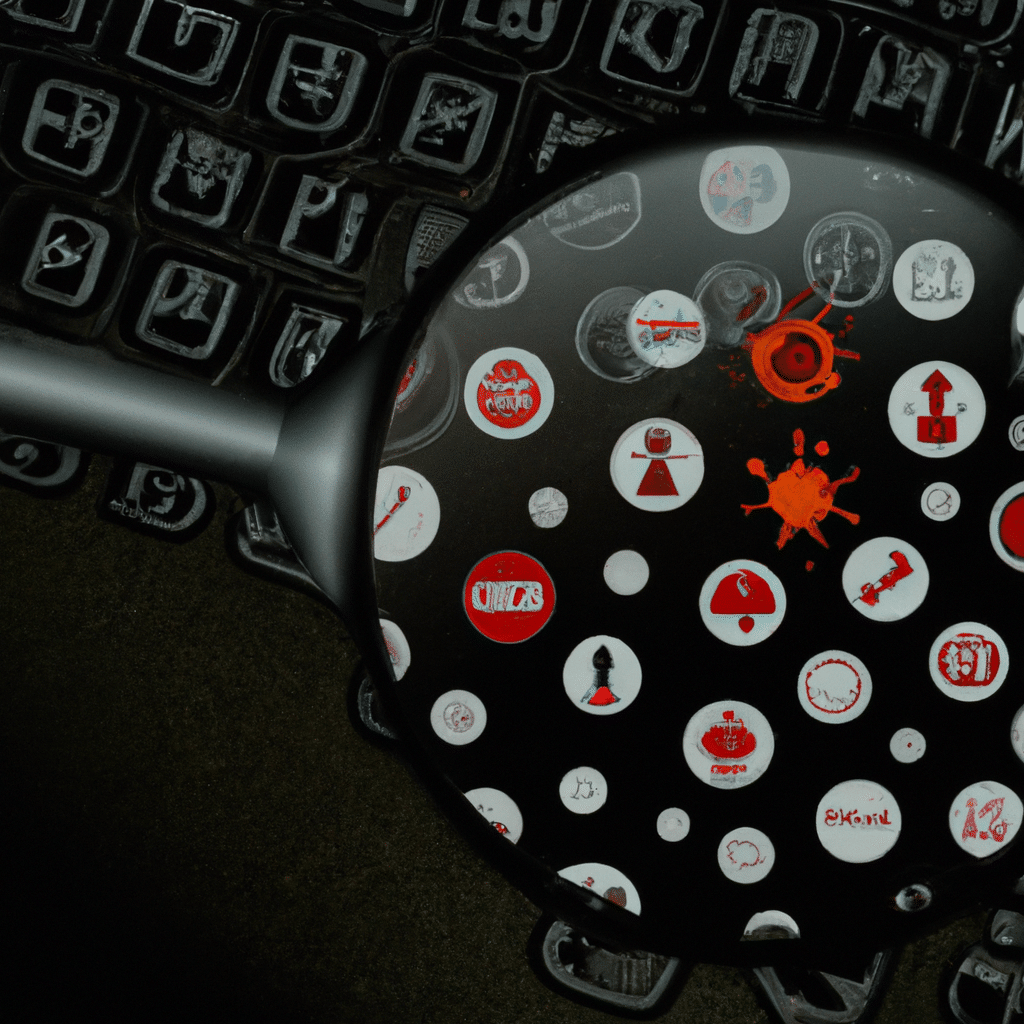Uncovering the Hidden Dangers of Social Media Malware
Social media is an integral part of our lives. We use it to connect with friends and family, share our thoughts and feelings, and even conduct business. However, with the growing popularity of social media, cybercriminals have found new ways to exploit the platform for their malicious purposes. Social media malware is a significant threat that can cause damage to your personal and professional life. In this article, we will uncover the hidden dangers of social media malware and how you can protect yourself from it.

What is Social Media Malware?
Social media malware is a type of malicious software that spreads through social media platforms. Cybercriminals use various tactics to spread malware, such as fake profiles, malicious links, and infected attachments. Once the malware infects your device, it can steal your personal information, hijack your social media accounts, and even damage your device.
How Does Social Media Malware Spread?
Social media malware spreads through various methods, including:
Fake Profiles
Cybercriminals create fake profiles on social media platforms to trick users into accepting friend requests. Once the user accepts the request, the cybercriminal can access their personal information and infect their device with malware.
Malicious Links
Cybercriminals use social engineering tactics to trick users into clicking on malicious links. The links may appear to be legitimate, but they redirect the user to a malicious website that infects their device with malware.
Infected Attachments
Cybercriminals send infected attachments through social media platforms, such as Facebook Messenger and WhatsApp. Once the user downloads the attachment, the malware infects their device.
What are the Types of Social Media Malware?
Social media malware comes in different forms, including:
Phishing Attacks
Phishing attacks are a type of social engineering attack that aims to steal personal information, such as login credentials, credit card numbers, and social security numbers. Cybercriminals use fake login pages and emails to trick users into revealing their personal information.
Ransomware
Ransomware is a type of malware that encrypts the user’s files and demands a ransom payment to restore access to the files. Cybercriminals use social media platforms to spread ransomware through infected links and attachments.
Adware
Adware is a type of malware that displays unwanted advertisements on the user’s device. Cybercriminals use social media platforms to spread adware through infected links and attachments.
How to Protect Yourself from Social Media Malware?
Protecting yourself from social media malware requires a combination of awareness and security measures. Here are some tips to protect yourself from social media malware:
Keep Your Device and Software Up-to-Date
Make sure your device and software are up-to-date with the latest security patches. Cybercriminals often exploit vulnerabilities in outdated software to spread malware.
Use Antivirus Software
Install antivirus software on your device to protect against malware. Antivirus software can detect and remove malware from your device.
Limit Your Social Media Exposure
Limit the amount of personal information you share on social media platforms. Cybercriminals use personal information to create fake profiles and launch phishing attacks.
Be Vigilant Against Suspicious Links and Attachments
Be cautious when clicking on links and downloading attachments from social media platforms. Cybercriminals use social engineering tactics to trick users into clicking on malicious links and downloading infected attachments.
Use Two-Factor Authentication
Enable two-factor authentication on your social media accounts to add an extra layer of security. Two-factor authentication requires a code or fingerprint in addition to a password to access your account.
Conclusion
Social media malware is a significant threat to our personal and professional lives. Cybercriminals use various tactics to spread malware, including fake profiles, malicious links, and infected attachments. To protect yourself from social media malware, you should keep your device and software up-to-date, use antivirus software, limit your social media exposure, be vigilant against suspicious links and attachments, and use two-factor authentication. By following these tips, you can safeguard your personal information and prevent cybercriminals from exploiting social media platforms for their malicious purposes.












